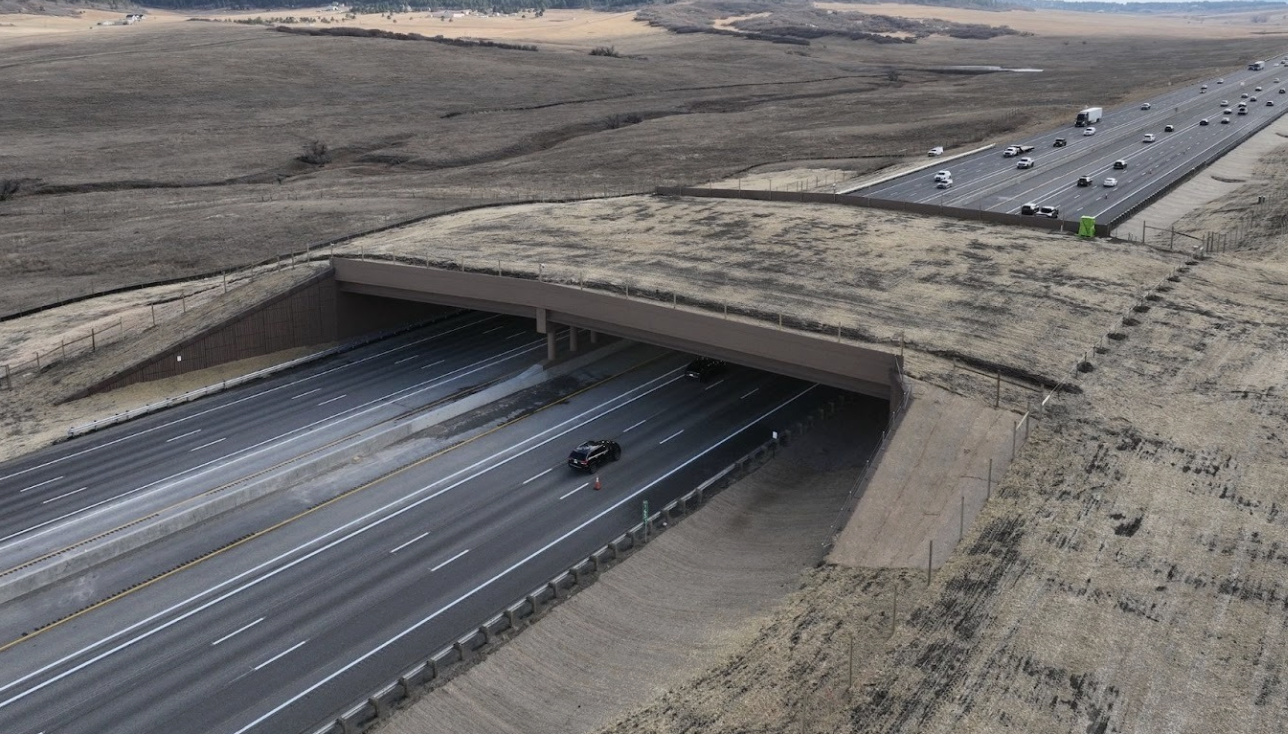NASA says the Hubble telescope's latest observations have witnessed huge boulders "escaping" from the asteroid Dimorphos.
The images are from NASA's DART (Double Asteroid Redirection Test) project.
The telescope's high-sensitivity capabilities witnessed a "swarm" of "boulders" that were "shaken off" in a "free-flung" manner from the asteroid.

Northeastern flooding has dealt heavy damage to the region's farms
Thousands of acres of working farmland flooded, which is expected to cause millions of dollars in damage and losses.
NASA said at least 37 large rocks were seen by the telescope being released from the asteroid when the space agency intentionally smashed into Dimorphos with its half-ton DART impactor spacecraft at a rate of about 14,000 miles per hour.
David Jewitt, a planetary scientist at the University of California at Los Angeles, said, "We see a cloud of boulders carrying mass and energy away from the impact target. The numbers, sizes, and shapes of the boulders are consistent with them having been knocked off the surface of Dimorphos by the impact."
Jewitt said, "This tells us for the first time what happens when you hit an asteroid and see material coming out up to the largest sizes. The boulders are some of the faintest things ever imaged inside our solar system."
NASA said "Dimorphos may have formed from material shed into space by the larger asteroid Didymos."
Scientists are still unsure how the boulders would have been lifted off the surface of the asteroid.
Researchers believe it could be possible that the matter was part of an "ejecta plume" photographed by Hubble. They believe it's also possible that a seismic wave could have been created by the impact which shook the asteroid "like hitting a bell with a hammer."
It's believed that could have contributed to loosening surface objects on the asteroid.
Jewitt said, "If we follow the boulders in future Hubble observations, then we may have enough data to pin down the boulders' precise trajectories. And then we’ll see in which directions they were launched from the surface."










